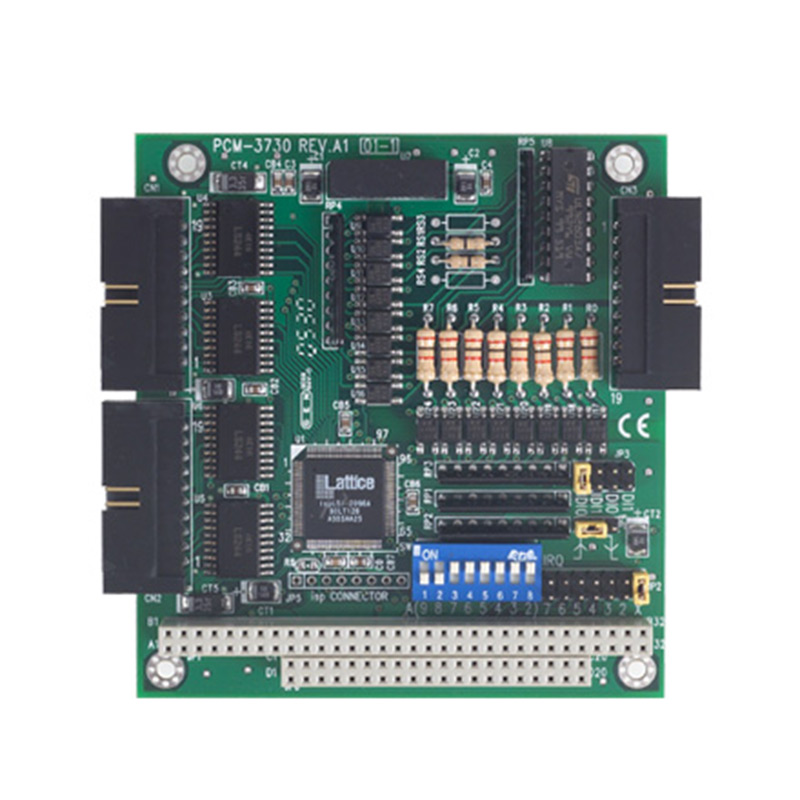

An Overview of Float Glass Types
Float glass is a fundamental building material recognized for its clarity, flatness, and versatility. This type of glass is produced through a process called the float glass process, which involves floating molten glass on top of molten tin to create a smooth, even surface. The unique production method results in a glass sheet that is both aesthetically pleasing and functional, making it a popular choice for various applications in architecture, automotive industries, and household uses. This article aims to explore the different types of float glass available and their distinctive characteristics.
Clear Float Glass
Clear float glass is the most basic type, characterized by its transparency and clarity. It allows natural light to pass through while offering a minimal distortion of imagery. This type of glass is commonly used for windows and doors in residential and commercial buildings. Additionally, it is often utilized in picture frames and display cases due to its unobtrusive qualities. Despite its straightforward design, clear float glass serves as a canvas for further enhancements, such as coating or laminating, to improve its performance and aesthetic attributes.
Low-E Float Glass
Low-emissivity (Low-E) float glass is a specialized type designed to reflect infrared energy while permitting natural light to enter. It is coated with thin layers of metallic oxides, significantly enhancing its thermal performance. This glass is particularly beneficial in energy-efficient buildings, as it helps reduce heating and cooling costs by minimizing heat loss. Furthermore, Low-E glass can help to prevent UV radiation from damaging furniture and flooring. Its ability to control solar heat gain and enhance energy efficiency makes it a preferred choice in modern architectural designs.
Tinted Float Glass

Tinted float glass is produced by adding metal oxides during the float glass process. The result is a glass that appears colored, offering aesthetic and functional advantages. Tinted glass reduces glare and solar heat gain, making it an ideal choice for buildings located in sunny climates. Additionally, tinted glass can provide privacy while still allowing natural light to filter through. It is often used in commercial buildings and high-rise structures to enhance both comfort and visual appeal.
Laminated Float Glass
Laminated float glass consists of two or more layers of float glass interlayered with a vinyl resin. This configuration not only strengthens the glass but also enhances its safety features. In the event of breakage, laminated glass holds together, reducing the risk of injury from sharp shards. This type of glass is often employed in safety applications, such as in skylights, glass doors, and facades. It is also commonly used in the automotive industry for windshields and windows, where safety is paramount.
Insulated Float Glass
Insulated float glass, also known as double or triple glazing, consists of two or more panes of float glass separated by a spacer filled with argon or air. This arrangement provides excellent thermal insulation and soundproofing properties. Insulated glass units are commonly used in residential and commercial buildings to improve energy efficiency and comfort by reducing heat loss and external noise.
In conclusion, float glass is a versatile material that comes in various types, each catering to specific needs and applications. From clear and low-E glass to tinted, laminated, and insulated options, the range of float glass types exemplifies the adaptability and innovation in glass technology. As energy efficiency and safety continue to be priorities in modern construction, the demand for specialized float glass is likely to grow, further enhancing the design possibilities in architecture and beyond.